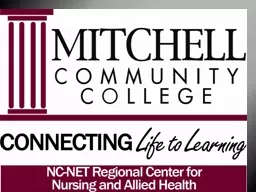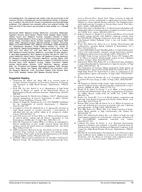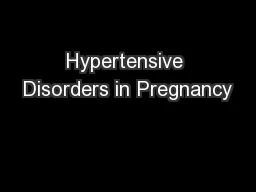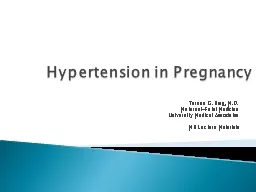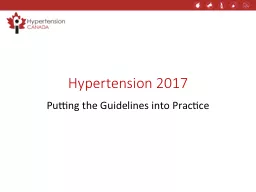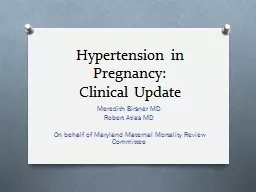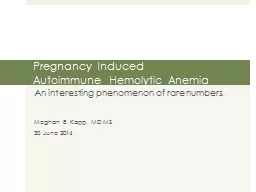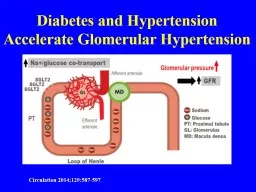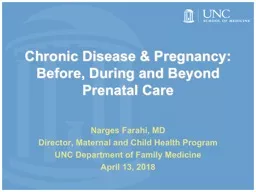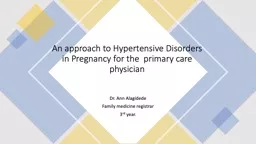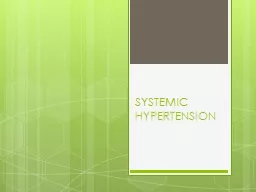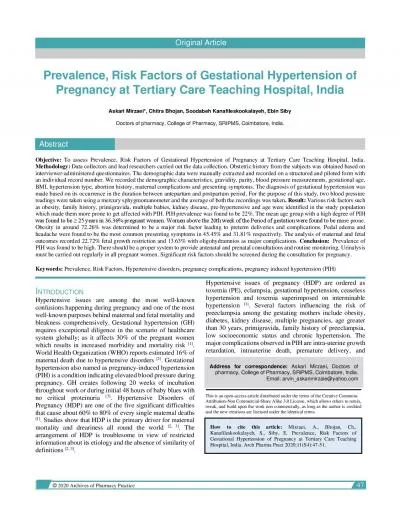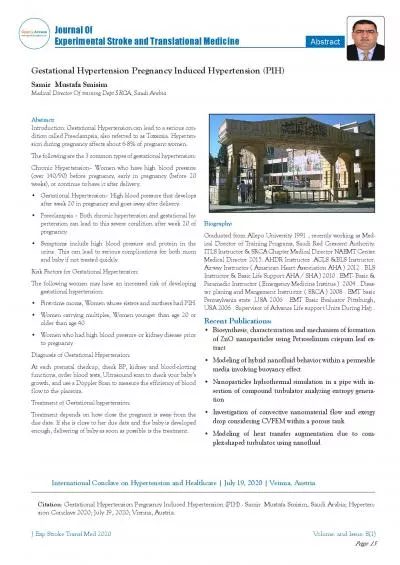PPT-Pregnancy Induced Hypertension
Author : alexa-scheidler | Published Date : 2016-10-09
Benita Beard 2012 Objectives Examine implications of Pregnancy Induced HypertensionPIH on a pregnancy Discuss assessments for a patient with PIH Describe care
Presentation Embed Code
Download Presentation
Download Presentation The PPT/PDF document "Pregnancy Induced Hypertension" is the property of its rightful owner. Permission is granted to download and print the materials on this website for personal, non-commercial use only, and to display it on your personal computer provided you do not modify the materials and that you retain all copyright notices contained in the materials. By downloading content from our website, you accept the terms of this agreement.
Pregnancy Induced Hypertension: Transcript
Download Rules Of Document
"Pregnancy Induced Hypertension"The content belongs to its owner. You may download and print it for personal use, without modification, and keep all copyright notices. By downloading, you agree to these terms.
Related Documents

